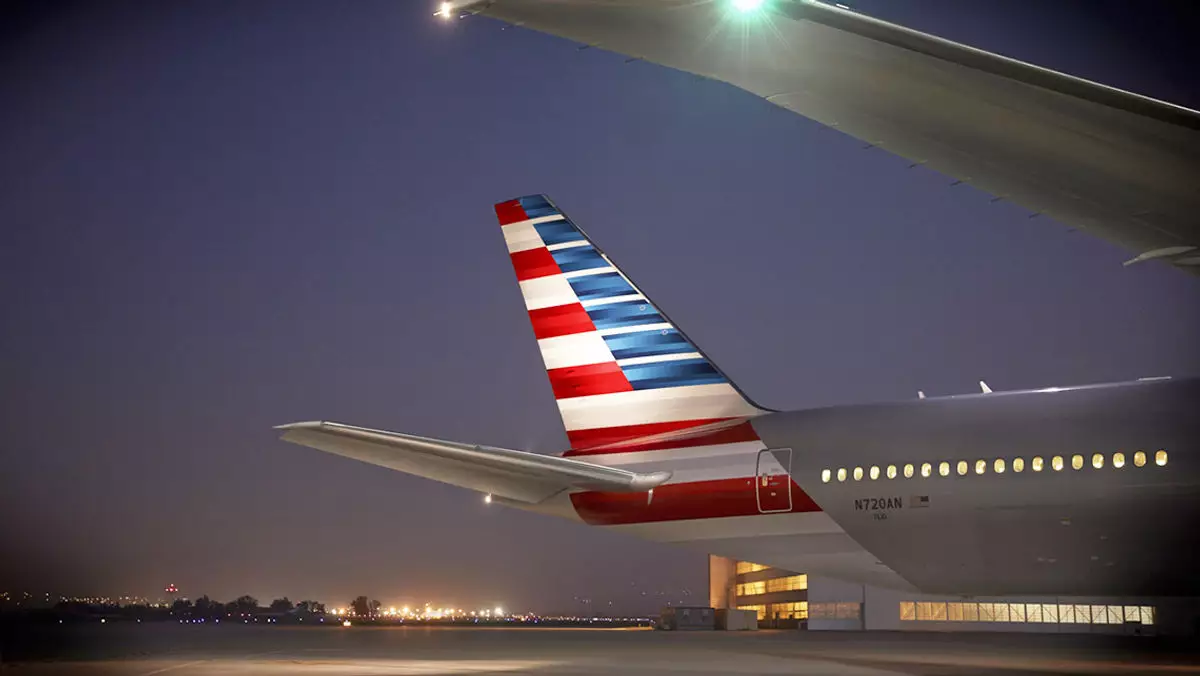On Wednesday, a significant gathering took place in the Oval Office, where American Airlines CEO Robert Isom met with President Donald Trump and Transportation Secretary Sean Duffy. This meeting, set against the backdrop of the tragic crash involving an American Eagle regional plane and an Army helicopter, aimed to address urgent safety concerns within the aviation industry. The incident on January 29 tragically claimed the lives of all 67 individuals on board, prompting critical discussions about aviation safety protocols.
As the National Transportation Safety Board (NTSB) continues its investigation, the need for enhanced safety measures has become paramount. Despite the NTSB’s pending preliminary findings, early reports indicate that the air traffic control tower at Reagan National Airport mistakenly registered the Army helicopter operating above its safe flight ceiling of 200 feet. This miscommunication underscores a systemic issue that must be rectified to prevent future tragedies.
In light of this incident, President Trump highlighted the urgent need for an upgraded air traffic control system, attributing existing failures to outdated technology. His claims about the inadequacy of current systems have sparked a renewed commitment to investing in the modernization of aviation infrastructure, especially after earmarking substantial funding for such efforts.
The Federal Aviation Administration (FAA) has been undertaking an air traffic modernization program named NextGen since 2007. This ambitious initiative has seen costs soar to nearly $20 billion; however, assessments have raised questions about its effectiveness and timeliness. The Office of the Inspector General highlighted concerns that critical components of the project may not deliver the transformative results originally intended. With segments due for completion this year but expected to roll out in phases until 2030, the aviation community remains watchful for tangible improvements.
A September 2024 report from the U.S. Government Accountability Office identified numerous FAA systems that are either unsustainable or create critical safety risks. This troubling reality emphasizes the necessity for a concerted effort not just for updates, but also for a complete rethinking of aviation protocols to ensure an efficient and secure national airspace.
During the Oval Office meeting, American Airlines reiterated its dedication to supporting the bereaved families impacted by Flight 5342. The airline emphasized the humane side of tragedy, ensuring that the needs of those who lost loved ones remain at the forefront of discussions. This commitment underscores a broader responsibility that the airline industry holds in prioritizing safety above all.
In a surprising announcement, Secretary Duffy introduced a unique partnership with Elon Musk’s Department of Government Efficiency (DOGE), suggesting an unconventional approach to revitalizing aviation systems. This new collaboration may lead to innovative strategies that could reshape how air traffic management operates.
The convergence of leadership in aviation safety indicates a critical turning point for the industry. As conversations evolve, the integration of technology and a renewed focus on safety principles may pave the way for more effective and reliable air travel. It is only through the cooperation of industry leaders, government entities, and innovative technological solutions that the aviation sector can aspire to prevent further tragedies and enhance public trust in air travel safety. The path ahead is fraught with challenges, but together, there lies an opportunity for transformative change.


Napsat komentář